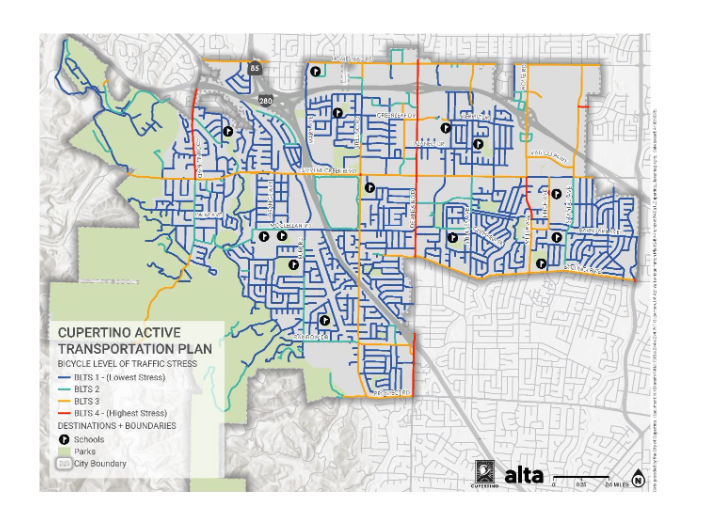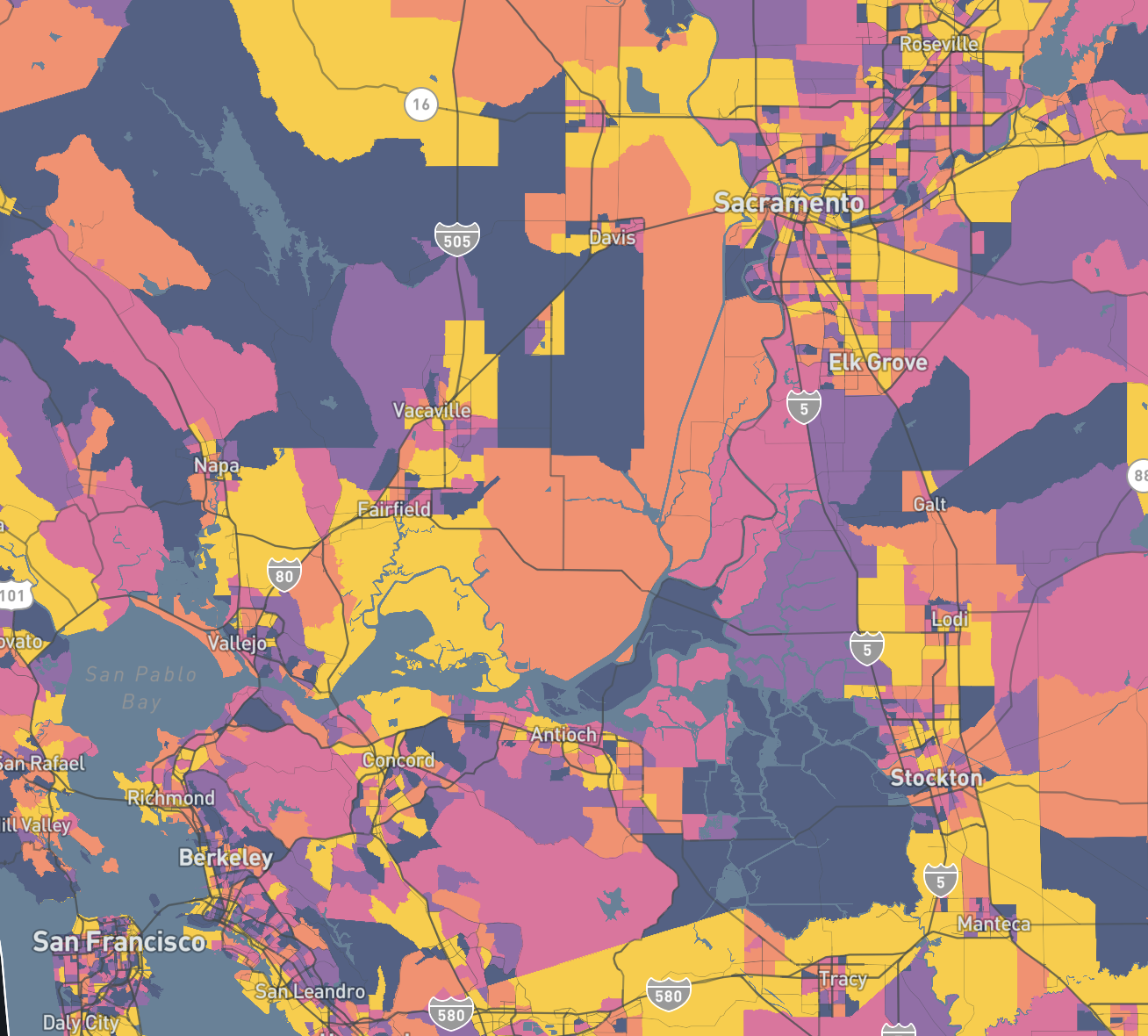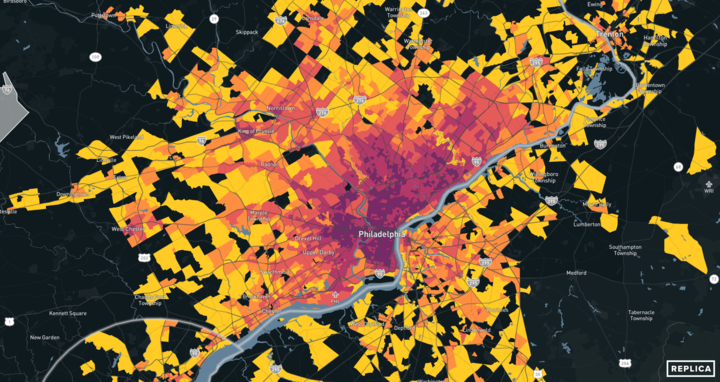Cities are first and foremost labor markets — facilitators of people finding work and getting to work. As such, a significant portion of our land use, transit and infrastructure planning efforts are in service of workplace accessibility. Much like parking lots are designed around Black Friday, many cities are designed around the AM and PM commute load. Land use policy is generally done from the workplace out — a series of concentric circles out from the central business district. Even the geographic footprint of cities is generally bound by a 60- to 90-minute commute. Needless to say, a significant and permanent change in commute patterns would have wide-scale and potentially generational impacts on cities.
The morning commute is about more than traffic. Here are some pre-Covid commute tidbits:
- On a typical spring day in the United States, approximately 105mm people traveled to work or school between 6–10am. Trips to work and school represent approximately 20% of all movements in the United States.
- Approximately 55% of total movements occur during the AM and PM peak.
- Based on our models, about 20–25% of all work trips stop to shop or eat.
- The “business of breakfast” is booming. The “quick-service” coffee market has grown by more than 50% since 2013 — with total annual spend now exceeding $1B. Breakfast accounts for nearly 25% of McDonald’s total sales and represents the company’s most profitable segment of the day.
It seems, therefore, that if cities are in the business of helping us get to where we need to go efficiently, they should be vigilant in monitoring changing commute patterns, with a particular emphasis on identifying leading indicators of permanent change. Let’s explore the impact of changing commute patterns in New York City.
Total Movements
As a starting point, let’s look at the change in total movements. If we consider the first week of March to be our last “normal” week, total movements in New York City last week were still down approximately 23%. This of course is noticeably improved over the week of April 6, where movements bottomed out at near 50% down from the same baseline. Notably, as you can see in the following image, the trend has started to stabilize — total movements last week were nearly the same as the week of July 6. That equates roughly to about 70 days of stable behavior when it comes to movements. While the time to form new habits can vary widely depending on person and behavior, on average it takes about 66 days before a new behavior becomes automatic.

Change in People Commuting to Work and School
With total movements down more than 20% since early March, we would expect to see the number of people travel to work or school also down. And down it is. Since the first week of March, the number of people traveling to work or school is down more than 40%. Some of this delta of change between total movements and work/school movements is certainly attributable to schools being closed for much of this time period. Unlike total movements, the number of people commuting to work and school has increased, albeit very slowly, almost every week since late May, when it bottomed out at nearly a 65% decrease. This metric feels particularly important for cities to monitor given the impact commutes have on both transportation and economic activity.

Distribution of Trip Start Time
When trips start can also be instructive in understanding the change in commute patterns. A common trend across major cities is a still-depressed AM peak but a return of the PM peak. This is evident in the following image, comparing start time distribution from last week wirh January 2020. Total movements starting during the AM peak (6–10am) are still down nearly 30%, whereas the PM peak (4–8pm) is down only 8%. The decrease in AM peak is what we would expect given the change in people commuting to work or school; however, the recovery of the PM peak poses an interesting question about what’s happening. One possible explanation is that the normal errands people tended to do as a part of their commute — think groceries and car maintenance — still need to get done, but they are now happening independent of the commute pattern. Those people fortunate enough to be working from home instead run the errand at the end of the WFH workday (during the PM peak). Or maybe it’s all those parents who need a break at the end of the teach-from-home day.

Consumer Spend
As mentioned, pre-Covid, breakfast was a booming business line. However, a changing commute doesn’t just affect food sales. A decrease in total movement should impact many components of economic activity. Not surprisingly, it has had a negative effect on consumer spending. Using our same early-March baseline, we can see spending at restaurants/bars and travel-related items like gas stations, taxis, and tolls is all down. Restaurant and bar spending is still down 40% on a relative basis. Spending at gas stations and on taxis and tolls is also down 34%. Consumer spending may in fact be the best leading indicator of “returning to normal” or more likely an indicator of a “new normal.”
An interesting question for cities to ponder is: Do we wait (and hope) the commute returns or do we take this perishable opportunity to rethink planning and policy decisions?








